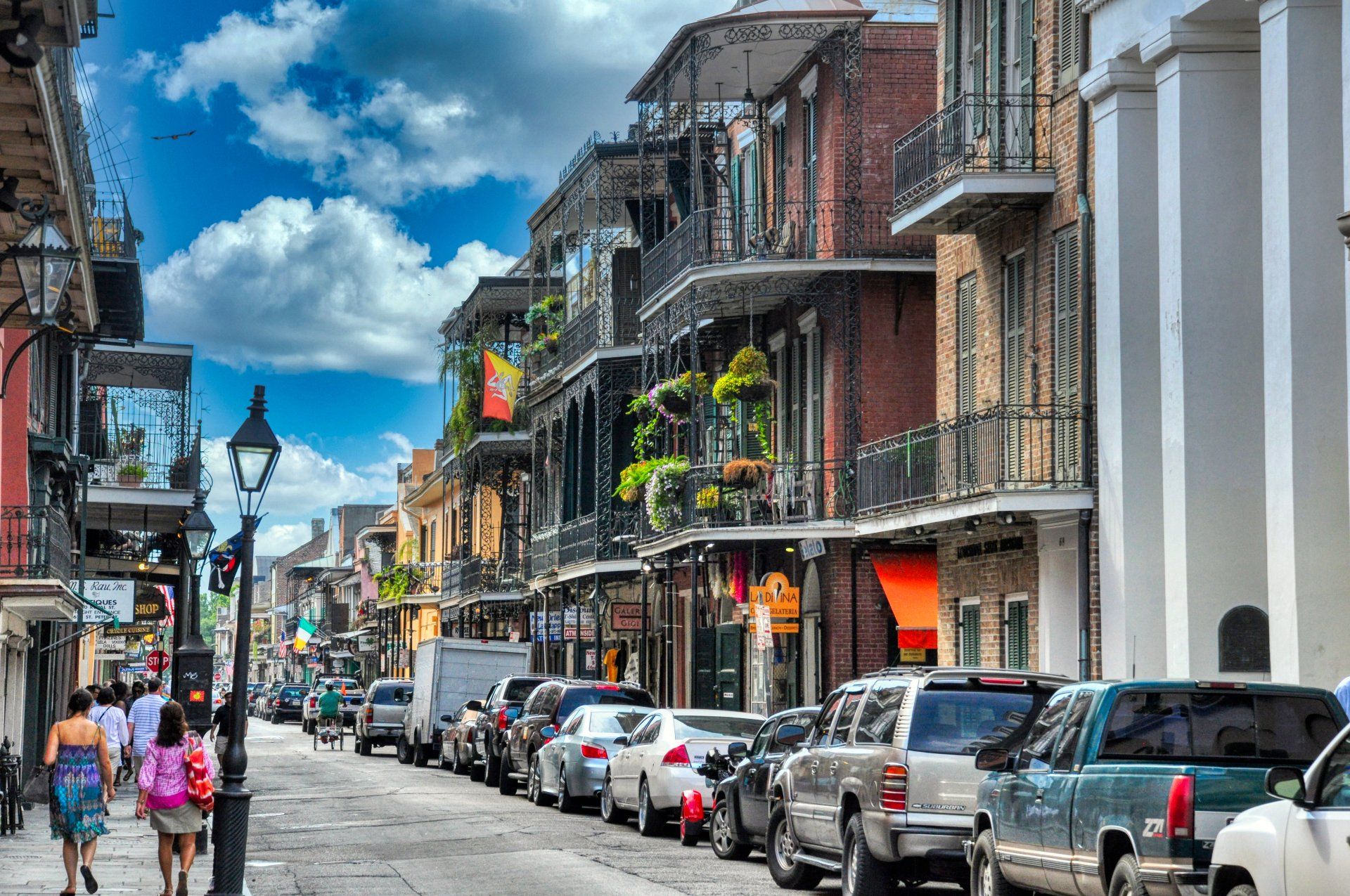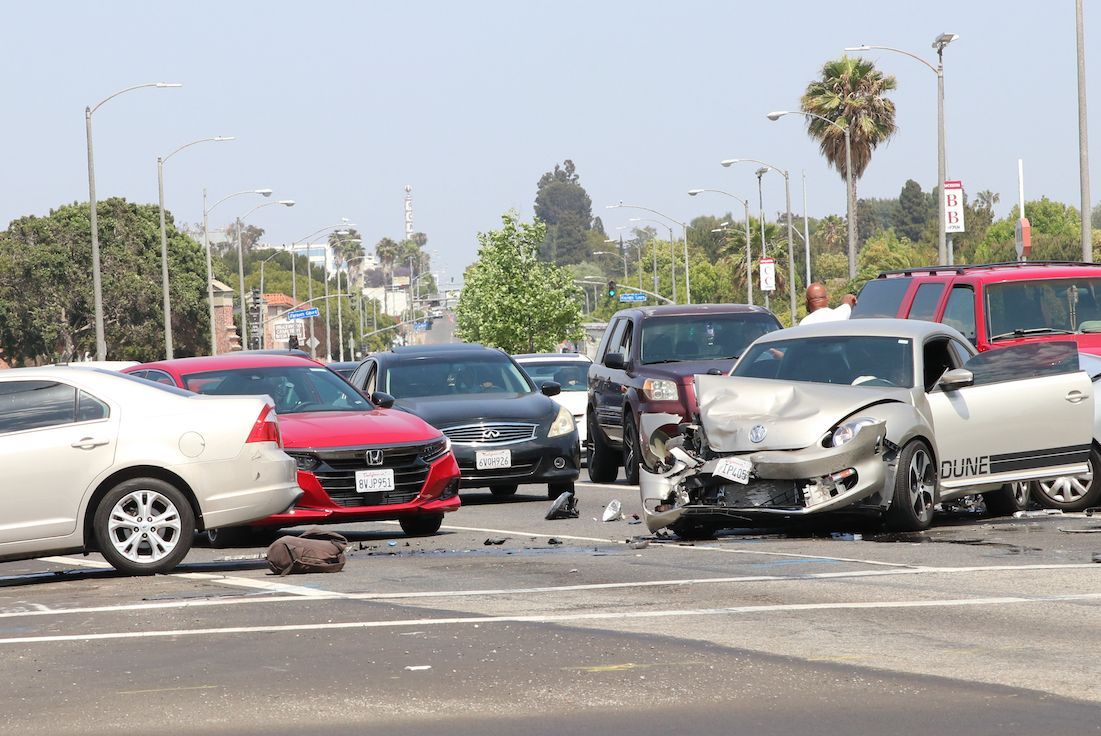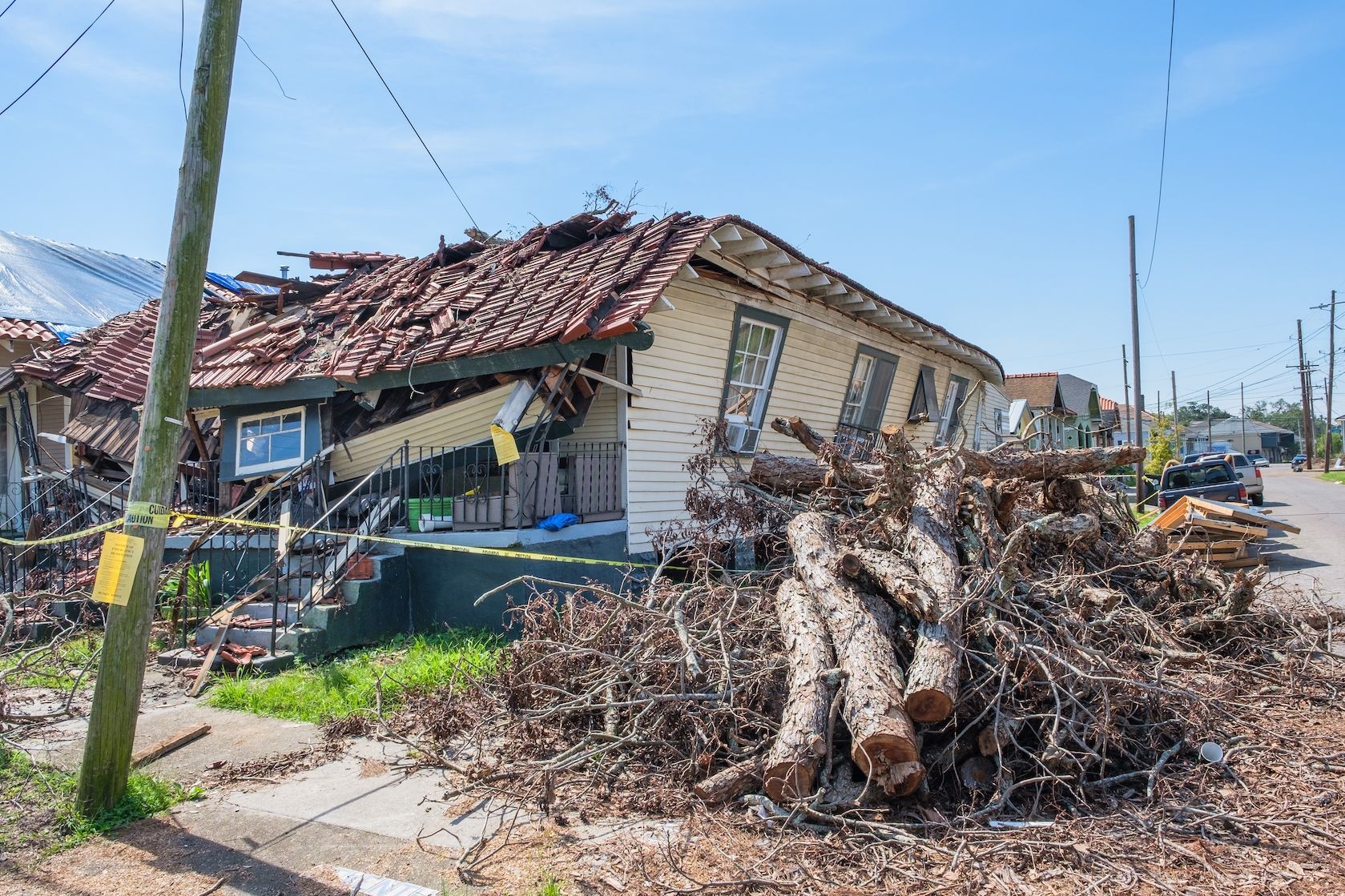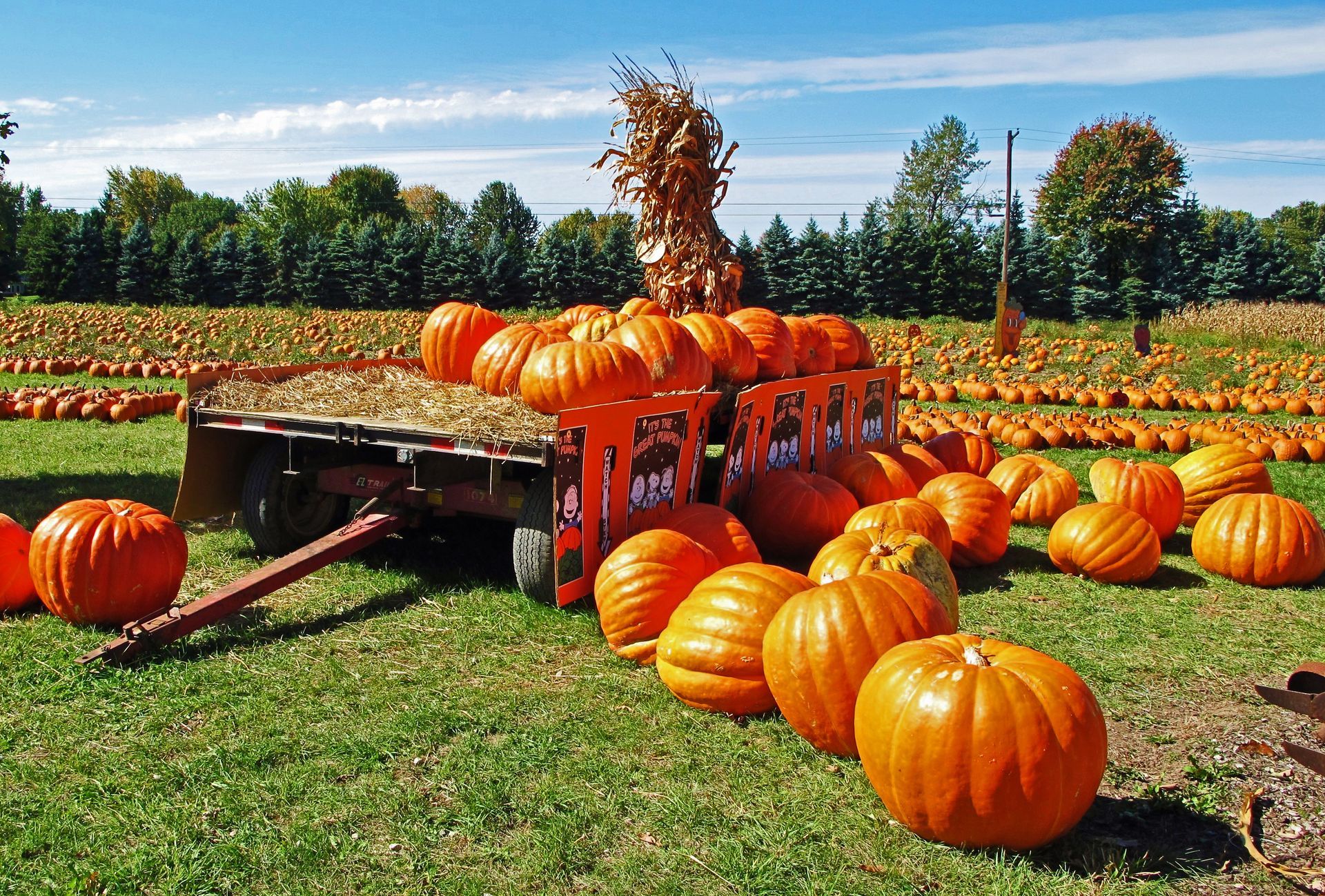9 Natural Attractions to Visit in New Orleans

New Orleans is well known for its festive Mardi Gras celebrations and its colorful French Quarter. Further, filled with exquisite restaurants and upbeat jazz music, New Orleans is a popular tourist destination. However, with COVID-19 restrictions, many people are heading outdoors to enjoy the many tranquil outdoor destinations found in New Orleans.
That’s right. There are plenty of natural attractions in New Orleans where you can escape the busyness of the city and reconnect with Mother Earth. While nature certainly is beautiful the risk of injury is still very real. With that said, Mike Brandner Injury Attorneys is here with 9 Natural Attractions in New Orleans and ways to stay safe while enjoying your outdoor activities.
Kisatchie National Forest
Perhaps the most versatile natural attraction in New Orleans is Kisatchie National Forest. You can engage in a variety of outdoor activities at this beautiful destination. From camping to hiking, paddling to horseback riding, you can do it all at Louisiana’s only national forest. The 604,000 acre natural treasure spans across seven parishes, and there is plenty of wildlife to be seen. You’re likely to catch a glimpse of any of the 150+ species of birds, 40+ mammal species, 50+ reptile species, and 30 amphibian species.
Expect variable terrain, as the land can shift from flat and easily navigable to jagged and difficult to climb. Indeed, the trails vary from only half a mile to over 30 miles. There is truly something for everyone at Kisatchie National Forest. Whether you’re a casual hiker or expert traverser, whether you’re looking for a relaxing trail or an atlantean challenge, Kisatchie National Forest is the place for you. Just make sure that you check their website prior to heading out to learn more about any closures.
The Garden District
For some impressive attractions in the heart of Louisiana, consider visiting the garden district. This area is a neighborhood that preserves many historic sites, historic mansions, and houses built on original plantation sites in the 1800s. Thus, the Garden District isn’t really known for its gardens, but for its impressive architecture from the late Victorian era.
There are plenty more things to see than just the houses, though. Scattered throughout the district are plenty of restaurants and cafés. So, if you want a quick bite to eat while exploring a New Orleans slice of history, that shouldn’t be a problem. Additionally, be sure to check out some of the shops, and you could even make your way to the nearby zoo!
Barataria Preserve
This 1,800+ acre preserve is one of the coolest natural attractions in New Orleans – or, rather, just a few miles from New Orleans. The Barataria Preserve is integrated into the Jean Lafitte National Historical Park and Preserve and is one of six sites you can visit while at the park. As of March 18, 2021, guided ranger tours have temporarily been closed. You can still venture out alone on a self-guided tour, but make sure the you check for any closures first.
The Barataria Preserve has been open to the public as a state park since 1966 and became part of the Jean Lafitte National Historical Park and Preserve in 1978. The preserve (along with some other companies) work hard to ensure that fossil fuel extraction on the preserve is minimal, if not eliminated, and fresh water flow is also a priority since vegetation on the wetlands tends to grow out of control if not monitored properly.
Tunica Falls
Tunica Falls, a.k.a. Clark Creek Natural Area, is a true natural gem that’s definitely worth seeing. While the waterfalls are no more than 25 feet in height, the fact that there are waterfalls in the bayou area is astounding in and of itself. You can hike along designated trails and see many waterfalls, or you can stay in a cabin at the Tunica Hills Campground.
If you do visit Tunica Falls, you can be sure that you’ll encounter some pretty fascinating creatures. You could see everything from slimy snails to poisonous snakes. There are plenty of birds, vines, and other wildlife waiting to be seen by you and the many others that stop by for outdoor activities.
Honey Island Swamp
If you want a more exotic adventure, Honey Island Swamp is the place for you to explore. The nearly unaltered swamp amounts to 70,000 acres, with nearly 35,000 of those acres being officially protected by government sanctions. Schedule a tour and glide along the pristine river to witness the luscious wildlife that has been preserved since the 1900s. You may even get the added treat of watching your tour guide feed marshmallows to the alligators, and if you’re especially lucky, you may even catch a glimpse of the Honey Island Swamp Monster!
There is even an original eagle’s nest that has been in the swamp for over 100 years. Additionally, there are plenty of alligators, many different species of fish, and sometimes cougars.
No matter what you do, make sure you stay safe and follow all swamp directions and safety protocols as instructed by your tour guide. However, if you do suffer a personal injury due to negligence, contact Mike Brandner Injury Attorneys right away.
Cypress Island Preserve
If you’re looking to view birds specifically, Cypress Island Preserve is the place for you. From January to June, the island fills with birds of many different species. This area is one of the most sought-after natural attractions in New Orleans. Bring your camera, because there are sure to be plenty of birds and other wildlife ready for pictures!
While the trail is only 2.5 miles long, that doesn’t mean there’s nothing to see. Great Blue Herons, Great Egrets, Neotropic Cormorants, Roseate Spoonbills, and other birds make their nests in the preserve’s rookery. The sanctuary is surely a great way for anyone to reconnect with nature and appreciate the fragility and complexity of wildlife creatures.
Audubon Park
For a more relaxing time in New Orleans, check out Audubon Park. Named after John James Audubon, the park opened in 1898 and allows tourists and locals to walk or cycle on designated trails that loop all around the park. You can lay back on the grass and have a picnic, jog, and admire the scenery, or walk to the nearby golf course.
There is still more to see, though. Audubon Park is known for its lagoon and its ancient oak trees. All of the scenery is picturesque, and all within the heart of New Orleans’ historic uptown district. There are also tennis courts, soccer fields, nearby restaurants, and the Audubon Zoo. There’s plenty to do while at New Orleans’ treasured (and free to attend) park. Be aware that there are new times and play restrictions due to COVID-19 response.
Pass a Loutre
One of the most critical natural attractions in New Orleans is the Pass a Loutre. The full name is actually the Pass a Loutre Wildlife Management Area, and it’s managed by the Louisiana Department of Wildlife and Fisheries (LDWF). The reason this area is so important is because after oil spills and damage from hurricanes, these wetlands find themselves increasingly polluted, killing off the local flora and fauna. Volunteers and authorized individuals visit the site to help clean the area, but there is still much work to be done.
There are over 115,000 acres to preserve, but sustainable hunting is still possible in these precious wetlands. Accessible only by boat, tourists and locals alike can visit for professional or recreational purposes, and you can even camp out on one of the many campgrounds.
Lake Fausse Pointe State Park
For a real blast to the past, the 6,000 acre Lake Fausse Pointe State Park exhibits some true pieces of history. The surrounding region was dominated by the French and Acadians from the 1700s, and the Spanish ruled from the late 1700s to the early 1800s. You can camp in a tent, cabin, or trailer, and you can also canoe and fish in the many water channels available.
There are additionally three hiking trails available for trekking, and the visitor’s center has lots of other fun activities and opportunities to learn more about Louisiana’s history. Stay safe on the trails and campgrounds, though; if you happen to slip and fall due to no fault of you own, make sure you contact Mike Brandner Injury Attorneys.
Suffer a Personal Injury in New Orleans?
Exploring Louisiana’s natural sites is a pleasurable experience – for most people. Some people, on the other hand, suffer from personal injuries while on their excursions. If that sounds like you, contact Mike Brandner Injury Attorneys right away. We are your 24/7 personal injury attorneys, and we know how to fight for the compensation you deserve. Call us anytime, contact us online via a form, or through our convenient LiveChat feature. Don’t keep your worries to yourself; get professional help from Mike Brandner Injury Attorneys!
Recent Posts

QUICK LINKS
LOCATIONS
Metairie
3621 Veterans Memorial Blvd
Metairie, LA 70002
(504) 345-1111
Hammond
117 E. Thomas St.
Hammond, LA 70401
(985) 345-1111
All Rights Reserved | Mike Brandner Injury Attorneys | Built by REV77





